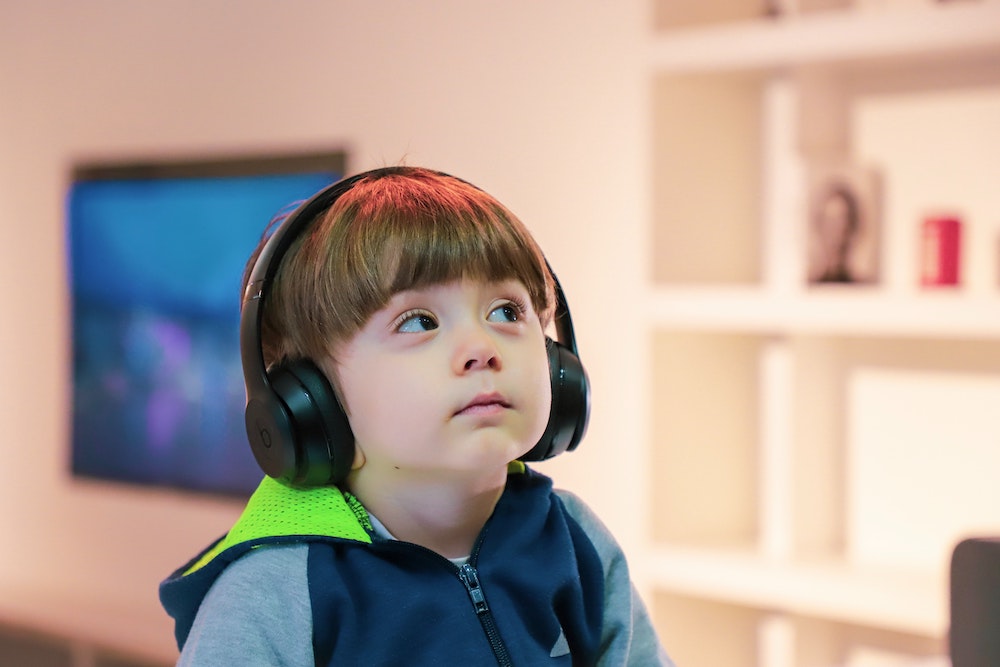What Is Microlearning And Why Are Parents Using This Style?
Let's take a look at microlearning and figure out why more and more parents and students are opting for this style of education

For many across the nation, one more school year is in the books and with all that has taken place over the past couple of years, the end of this school year should come as a big sigh of relief. For numerous reasons, the public school education system has taken an enormous beating ever since the COVID pandemic crawled into our lives. It exposed the ugly truths about our education system which in turn had parents looking for alternatives. Homeschooling became popular and its many forms. One that hasn’t received a lot of fanfare but is starting to make a little noise is called microlearning and it is exactly what it sounds like.
WHAT IS THE MICROLEARNING METHOD?
As the name suggests, microlearning offers a simplistic approach. Ideas and teachings are presented to students/children in engaging ways over a short period of time. By short, we mean really short. Although there is no real set time for how long you want your micro-lessons, they typically are designed to last from three to five minutes. You certainly do not want to make your microlearning last longer than ten minutes for that would defeat the purpose. So, how does this new style help? Is there an upside to shorter spurts? There’s plenty to dive into around these questions.
WHAT IS THE PURPOSE OF MICROLEARNING?

We have created a generation of short attention spanners. The advent of Snapchat, Twitter, TikTok, and the like has made “patience” a foreign concept and what once was a child or two with ADHD is now a generation of kids whose attention can’t be held for longer than a couple of minutes, IF you’re lucky. Microlearning is devised with today’s children in mind.
Its purpose is simple. Teach as much as you can in as short of time as possible. Of course, you do not want to overwhelm in these short bursts of teaching, but you do want to teach. With microlearning, you want to focus on a single subject. You will not want to bounce around during your three to five minutes of micro-teaching. Stay on one subject. Diane Elkins is an expert for the website Association for Talent Development and while their focus is microteaching and learning in the business world, what she has to say can easily be said for the homeschooling parent – “It’s not as much about length as it is single purpose. Short and to the point, and targeted.”
An operative word that you will hear when talking about microlearning is “retention.” Studies show that during childhood, the ability to retain information for short time periods dramatically increases. So, if your homeschooling sessions are designed with microlearning in mind, you should get much better results from your children. You may be asking yourself why we are catering to a generation filled with short attention spanners, but the bottom line is making sure what is taught is actually being learned.
Along with retention there is focus on the part of the learner. Children grasp ideas and thoughts better in short bursts. They have much more focus for short timeframes and are easily more engaged. The whole goal is to keep kids wanting to learn and with microlearning, this can be done.
WHAT IS AN EXAMPLE OF MICROLEARNING?

As a parent, you are probably asking yourself what microlearning, or in your case microteaching, is all about. We know that it is meant to provide short bursts of teaching and learning, but in what context? There are plenty of examples that show just what microlearning is all about.
Before we jump into some examples of microlearning, let’s talk about design. When you are implementing microlearning into your child’s education, approach it from a fun and relaxed point of view. You are going to want to design lessons around your child’s interests. You are also going to want to design them around what you want to teach your child. Whatever the subject, the goal is to make it not seem like “work” but instead like an interesting topic they will love to learn about.
One of the main ways to get this material across is by using videos. Of course, the videos need to be short and informative, but as we are all aware, kids love videos. If you are using text in your microteaching, make sure your phrases and paragraphs are short and concise. Make sure they are relevant to what you want your child to learn from the microlesson. Along with video, you can also introduce photos and illustrations.
As much as children love watching videos, they also like listening to audio. You can easily implement audio into your teaching. Of course, games are also another fun way to get your point across. Short games allow for children to focus even more on the subject at hand.
What about quizzes and tests? While those two words are one kid’s dread, if you make them a fun part of what they are learning, it could be a win-win situation. A positive result will only boost confidence in your child and make them want to learn more.
Article continues below headlines

The Best Type Of Butter Dish For Your Home Kitchen
The history of the butter dish is intertwined with the history of butter itself and the evolution of dining etiquette. …
Continue reading "The Best Type Of Butter Dish For Your Home Kitchen"
The post The Best Type Of Butter Dish For Your Home Kitchen appeared first on Tell Me Best.
Continue
The Medieval Fantasy Anime With The Most Underrated Hero Of All Time | GIANT FREAKIN ROBOT
Ranking of Kings starts strong with fairytale vibes and an adorably innocent main character. While it gets a little lost …Continue reading "The Medieval Fantasy Anime With The Most Underrated Hero Of All Time"
ContinueTHE PROS AND CONS
When it comes to microlearning there are many more pros than there are cons. In today’s day and age of short attention spans, it can be an extremely effective way for you to teach and for kids to learn. Here are some pros.
Retention – This is one of the main reasons microlearning was invented. With the many studies showing that kids retain information better in short bursts, this style is becoming more and more popular, not just for homeschooling, but in classrooms as well.
Anywhere – With the status of in-classroom teaching always in question, you can microteach from anywhere. In our case, we are looking at the homeschooling aspect of it and as a homeschooling parent, you will be able to easily incorporate it into your daily lesson plans.
Flexible – What do your kids wish to learn? What do you wish to teach your children? As short as these microlearning lessons are designed, you can be as flexible as you wish with your subjects.
Engaging – Another big benefit of microlearning is that it is very engaging. Think of these short bursts of learning like your child checking their favorite social media account. In fact, including your child’s favorite social media app within your teaching may go a long way in encouraging them to remain focused.
Freedom – There is nothing like the feeling of freedom as a child. No longer are kids bound to long, boring lectures but instead, short fun ones that give them the feeling of freedom. Your child will be much happier, you will be much happier, and the positive results will let you know that you are doing right by your child.
As with any teaching style, there are bound to be some cons. This also goes for microlearning, though they aren’t cons that can’t be conquered. Here are a few.
Too Casual? – For some kids, more structure may be necessary. Some kids don’t function well with the freedom and pace they will get with microlearning.
Complex Subjects – If you are wanting to tackle a more complex subject, microlearning might not be the best way to go about it. Some topics take much longer than the three-to-five-minute timeframe you want to keep it to, so you may need to take your complex subject and break it into numerous small parts.
Microlearning might be the future. Then again, it may already be the present. It is a very effective way to teach kids of today and for parents who are homeschooling, it may be the way to go. If you are interested in getting started with microlearning, there are plenty of platforms you can find here.







